Editors’ Picks




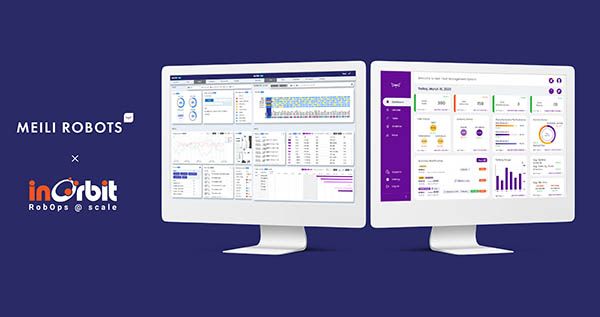
Found in Robotics News & Content, with a score of 100.28
Managing fleets of mobile robots is getting easier, thanks to emerging software layers and international collaboration. Meili Robots today announced that it has partnered with InOrbit Inc. Meili Robots provides a universal fleet management system called Meili FMS. The Copenhagen-based company said its system is designed to allow robot operators to handle different types and brands of automated guided vehicles (AGVs) and autonomous mobile robots (AMRs) with a single system. The fleet management tool can be used for assignging tasks to different robots, controlling traffic flows, and managing robot navigation, it said. “By opening up this range of new opportunities…
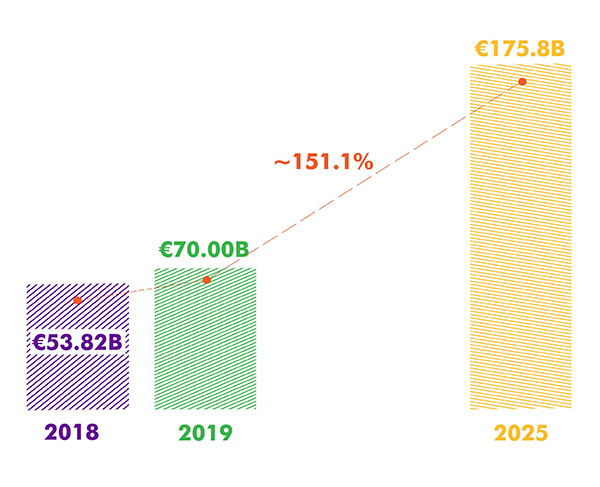
Found in Robotics News & Content, with a score of 70.64
Unlike factories, where many types of robots from different vendors may work together, most warehouses and distribution centers at an earlier stage of automation adoption. As fleets of mobile robots grow, the need to effectively manage heterogeneous environments is also growing. Meili Robots recently released a report on interoperability. “Many in industry have talked about wanting to expand applications of robots, but they've been put off by interoperability issues or concerns on how to combine different systems,” said Aldus von der Burg, founder and CEO of Meili Robots. “They don't want to juggle between three fleet management systems. I haven't…
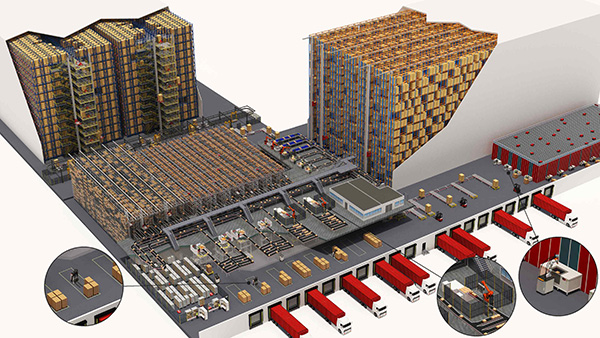
Found in Robotics News & Content, with a score of 68.39
…and with new technological advances, the variety of warehouse robots to choose from keeps increasing. This does not exactly make it any easier for warehouses to decide which robot to deploy for specific applications. The difference between AGVs and AMRs There are two main types of warehouse robots: automated guided vehicles (AGVs) and autonomous mobile robots (AMRs). The main difference between these two lies in their navigation technologies. AGVs typically use rail navigation, magnetic tape navigation, or wire-guided navigation to move around a facility, meaning they follow a fixed path. They are most commonly used for the transportation of raw…
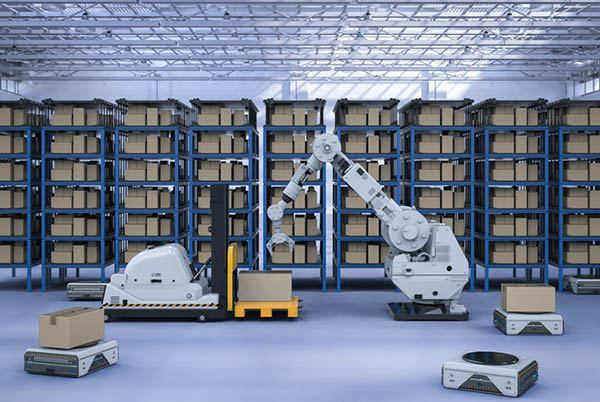
Found in Robotics News & Content, with a score of 56.87
From factories to distribution centers, fleets of mobile robots are growing, as is the need to manage them. You might find yourself wondering about buying or building a fleet management system, since controlling everything with a single platform could help optimize operational efficiency and profitability. However, deciding what to do is no easy task. The global market for autonomous mobile robots (AMRs) will experience a compound annual growth rate (CAGR) of 23.7%, growing from $1.67 billion in 2020 to $8.7 billion in 2028, predicts Fortune Business Insights. In addition, Mobile Industrial Robots ApS reported a 55% increase in sales in…
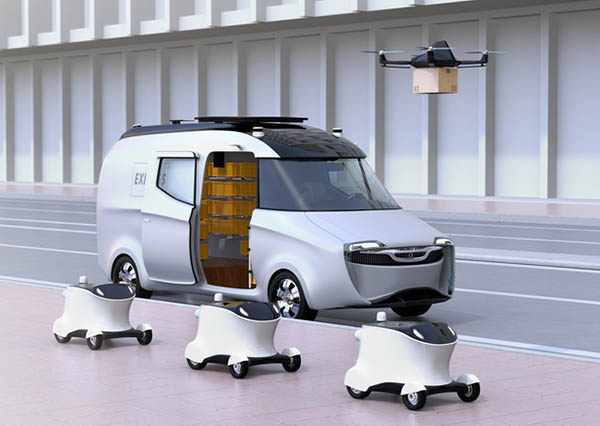
Found in Robotics News & Content, with a score of 53.91
…With the first quarter of the year behind us, Meili Robots has compiled a list of some of the most noteworthy robotics trends for the rest of 2022. Will robotics hardware become commoditized? The answer is debatable, but software and artificial intelligence promise to make automation more flexible, even as new business models could make robots more affordable. Larger fleets of autonomous mobile robots (AMRs), collaborative robots, and new applications are leading to new business requirements. Here are four trends Meili Robots has observed: 1. Process automation, RaaS become more popular Business or robotic process automation (RPA) is the next…
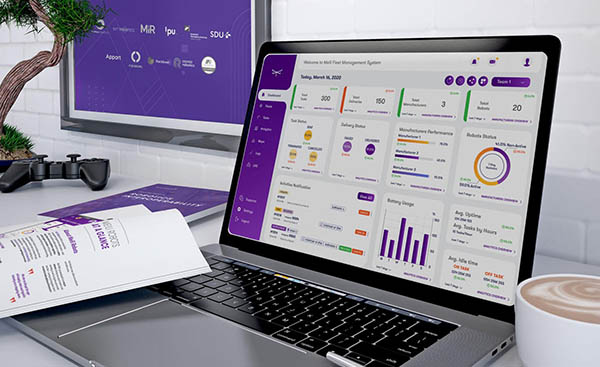
Found in Robotics News & Content, with a score of 47.03
…(CAGR) of 9.7% between 2021 and 2026. Source: Statista, Meili Robots What is retail automation? Retail automation refers to the technologies that enable businesses — regardless of whether they are online or brick-and-mortar stores—to streamline manual, repetitive processes that otherwise would require a lot of time and resources. Such automation can have a significant impact on nearly every aspect of a retail business — think of inventory and order management, order fulfillment, marketing automation, and so forth. We will discuss some of the most common types of retail automation below. Retail automation trends As mentioned above, the pandemic has had…
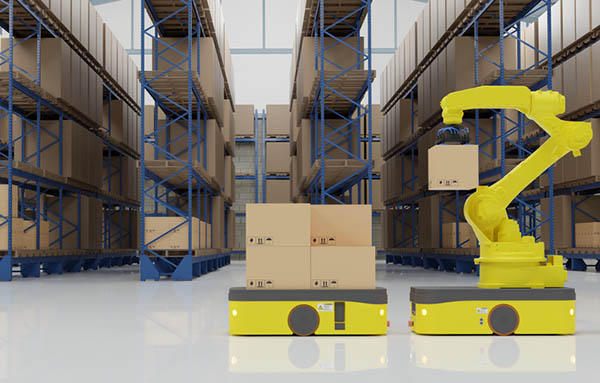
Found in Robotics News & Content, with a score of 43.89
…range of automation technologies, with conveyor systems and mobile robots being some of the most common ones. As materials handling involves packaging, storage, shipping, and delivery, it is closely tied to the manufacturing, warehousing, logistics, retail, and disposal industries. To be more precise, Meili Robots has identified four stages of material handling processes in the supply chain: Manufacturing: First, inbound shipments of components and finished goods need to be moved and handled within factories and storage facilities. Transportation: Second, the goods need to be transferred to either an internal warehouse or to an external wholesaler — preferably as units, to…
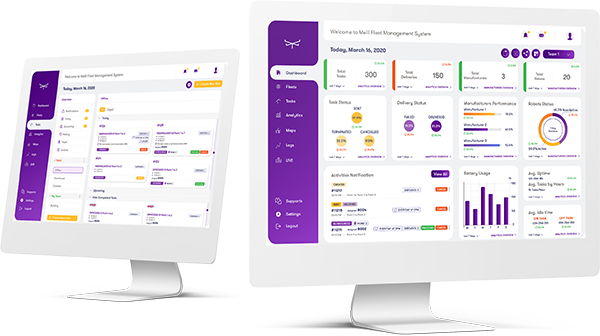
Found in Robotics News & Content, with a score of 42.38
…successful warehouse, especially with the rising adoption of mobile robots and other automation. Let’s have a closer look at these. Warehouse management systems Traditionally, warehouses would be swamped with paperwork, ranging from paper picking lists to spreadsheets with inventory data. This method makes it difficult for warehouse managers to live up to the fast-paced, dynamic environment of today’s facilities. Therefore, to meet the ever-increasing customer demand on order accuracy and delivery speed, many businesses have started to embrace warehouse automation. The warehouse management system (WMS) market is expected to see tremendous growth in the coming years. With a compound annual…
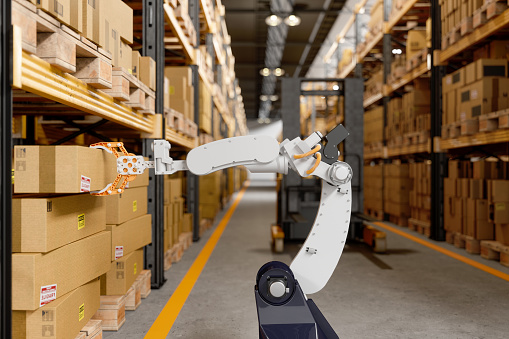
Found in Robotics News & Content, with a score of 33.88
As more warehouses and distribution centers add robots to keep up with e-commerce demand and compensate for staffing turnover and shortages, new challenges have arisen. Who should manage them, how will they communicate with enterprise systems and one another, and what happens when people and robots from different vendors must collaborate? Many autonomous mobile robot (AMR) makers now offer software and remote operations centers to manage warehouse fleets. As robots become more specialized, the ability to effectively deploy them is becoming a greater differentiator than the hardware. “When people think about self-driving vehicles or robots moving something from Point A…

Found in Robotics News & Content, with a score of 32.93
…and global competitiveness. Well-known Danish robotics providers include collaborative robot leader Universal Robots, mobile robot provider Mobile Industrial Robots, and gripper supplier OnRobot. Robots offer solutions to industry challenges Odense Robotics said its exhibit at Automatica will host the following Danish robotics companies addressing the needs of German manufacturing: Cobot Lift ApS said its systems can help prevent injuries related to heavy lifting and provide a new way to retain employees amid recruitment problems and an aging population. Enabled Robotics ApS said its mobile manipulator, which combines a collaborative robot arm and a mobile robot, can automate varied internal logistics…
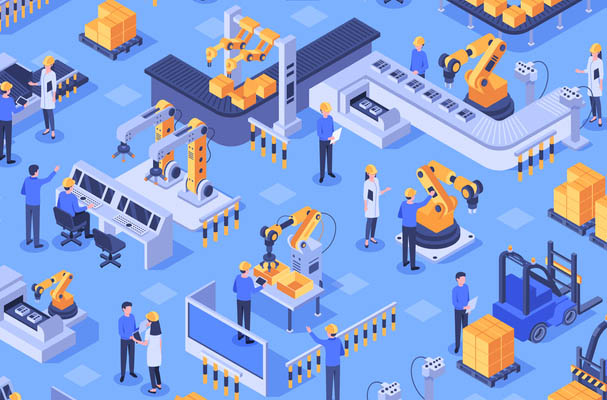
Found in Robotics News & Content, with a score of 31.53
From factories and warehouses to hospitals and airports, robot fleets are growing, as is the need to effectively manage and scale them. The Robot Operations Group today announced its first conference, RobOpsCon, which will be held in Silicon Valley in October 2022. The Robot Operations Group, or ROG (pronounced “rogue”), is a cross-industry organization that develops and shares best practices to advance the operation of autonomous robots at scale. The group, which has almost 150 members worldwide and is growing rapidly, has published the open-source Robot Operations Manifesto. “If you think managing IT systems is tough enough, now put it…
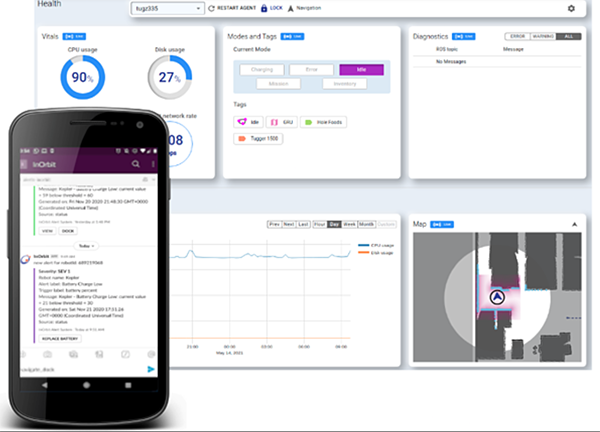
Found in Robotics News & Content, with a score of 26.28
…relatively few tools for scaling and managing their growing robot fleets. InOrbit has responded with its cloud-based robot operations or RobOps software. The company today announced the launch of its Developer Portal, its InOrbit Ecosystem of partners, and a collaboration with AI-based management platform provider 634AI. “Our whole reason for existence is to accelerate adoption of robotics,” said Florian Pestoni, co-founder and CEO of InOrbit. “We want to bring the community together and offer tools for it to get cranking right away.” “When you launch development tools— what's amazing for me is that you think people will use them in…



